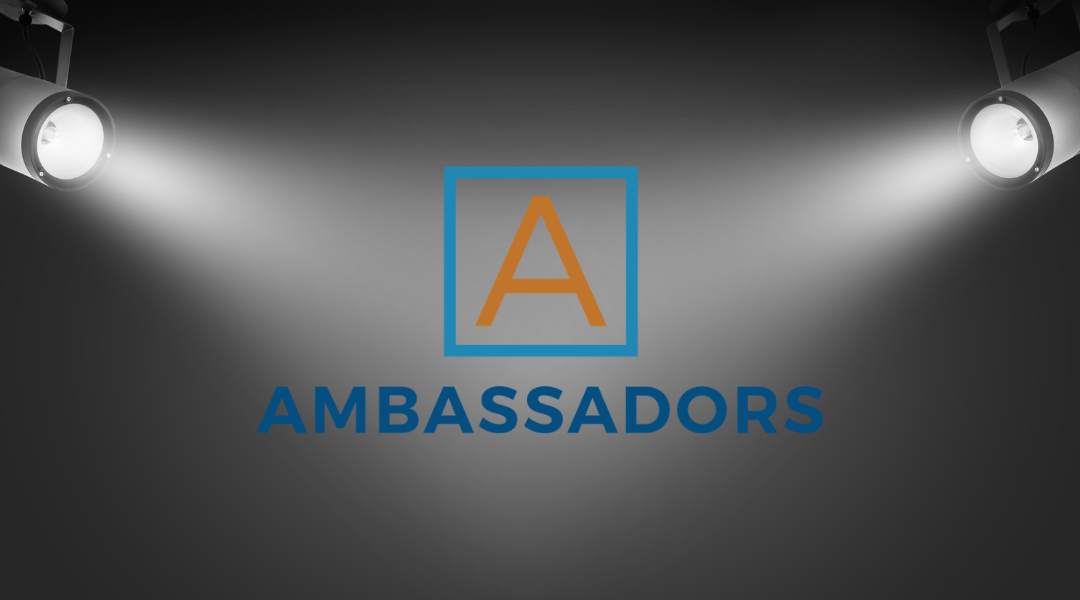By Dr. Rebecca Jackson
The term dyslexia brings to mind a child who reverses letters and struggles with reading, and while these symptoms can be true, dyslexia is more involved than letter reversals and impacting reading struggles.
What is Dyslexia?
The Oxford Dictionary defines dyslexia as “A condition of neurodevelopmental origin that mainly affects the ease with which a person reads, writes, and spells, typically recognized as a specific learning disorder in children.” Other definitions of dyslexia add that dyslexia is a language-based learning disorder that can have an impact on speech and language acquisition. Explanations of dyslexia often point out that it can occur with normal vision and intelligence.
What is Dyslexia Like?
Dyslexia is a disruption in multisensory processing. The traditional definition of dyslexia neglects to add insights from recent research shedding light and understanding of the condition. Dyslexia is now understood as a disruption in multisensory processing impacting the perception of what is seen and heard. This interruption in the accurate processing of auditory and visual information impacts how a child hears sounds and language, which disrupts the development of speech, phonics, sight words, reading fluency, and comprehension. The impact is on language, as a result of the disruption in auditory and visual senses.
We learn through our senses. Sitting in a class, you listen to what the teacher is saying, relying on the accuracy of your auditory processing. You use visual perception to take in what is being written on the board, what you are reading in a textbook, or watching in a video. Additional senses of touch, smell, and taste can add to a learning experience if those senses are engaged – strengthening both the experience and increasing the likelihood that the brain will store the new information in memory to be retrieved and applied later.
Imagine if you were learning sounds, and you heard that sound differently than your peers. Next, you learn to match a letter to the sound you learned. If you encoded the sound improperly, the brain now matches the incorrect sound with the letter. This creates confusion.
A child doesn’t realize that what they see and hear differs from others’ experiences. We are only aware of our senses, and it is easy to assume that we all experience sensory input the same. This can make identifying dyslexia, and auditory and visual processing immaturity difficult.
Eye Movements and Coordination
Visual motor coordination, accuracy, and endurance can also be immature in a student with dyslexia, while not the cause of the condition. If a student has inaccurate eye movements, it can result in the eyes moving too much, skipping over lines, words, or word parts while reading. For the individual with immature control and endurance of eye movements, it can reduce reading comprehension and the enjoyment of reading.
How Many Types of Dyslexia Are There?
Dyslexia can vary in severity and affects different aspects of auditory, visual, and reading skills. What are the different types of dyslexia?
- Phonological dyslexia: Trouble identifying letter sounds and associating them with the proper symbol on the page.
- Surface dyslexia: Inability to identify or recognize words.
- Rapid-naming deficit: Automatic recall of letters is low and can’t be achieved without difficulty.
- Double-deficit dyslexia: A two-pronged type of dyslexia that disrupts phonological processing and rapid naming.
The Most Common Age to be Diagnosed With a Learning Disability
From the moment a parent first identifies a challenge, it takes an average of three and a half years before dyslexia, or other learning disabilities are identified, with 8 years of age the most common age to be diagnosed. This delay in identification can result in large gaps in learning during foundational academic years for both content and a student’s confidence in their ability to learn.
Can Dyslexia be Improved?
Yes! Research is demonstrating improvement in dyslexia is possible. Measurable improvements are being seen in sensory processing including auditory and visual perception, as well as in improved eye movement speed, accuracy, and coordination. Brain Balance research shows statistically significant improvements in cognition including memory and attention, and large gains in visual control, with parent-reported improvements in academics, and executive functions.
Signs and Symptoms of Dyslexia:
- Speech delay
- Challenges with speech enunciation and pronunciation
- Needing frequent repetition for letter identification and phonics to be stored in memory
- May need to decode the same word in a passage multiple times
- Auditory processing immaturity – may frequently say, “What?” or need the information to be repeated, may mishear, or only retain part of what was said or heard
- May enjoy being read to, but dislikes or avoids reading
- Parents and teachers may feel as though the student’s work is not meeting what they feel the student is capable of achieving
- Jumping and skipping while reading, missing words, word-parts, or lines of text while reading
Strategies to Help Children with Dyslexia
The good news is that there are many strategies to improve dyslexia as well as resources to help you and your child understand and navigate challenges associated with dyslexia. A great place to start is by letting your child know they aren’t alone, and that their challenges are not an indicator of intelligence. Turn to one of these books for kids with dyslexia so they can learn more about it and how they can overcome the challenges. These books are great sources of encouragement and can boost your child’s self-confidence.
Plus, there are many activities you and your child can do at home if they need extra reading help for dyslexia. Among the ones to try:
- Reading aloud
- Family reading time
- Phonics games
- Playing word-finding games during errands or trips around town
While dyslexia can be frustrating for both the child experiencing the learning disability, and the parent, know that you don’t need to feel stuck or hopeless. Change and progress are possible!
How Can Brain Balance Help
The Brain Balance Program is a holistic solution designed to help improve connections in the brain in a way that helps alleviate symptoms like those seen with dyslexia. This integrated, whole-brain approach helps improve brain connectivity through sensory-motor exercises, cognitive training, and nutritional guidance.
Brain Balance has applied research to develop a program that focuses on building brain connectivity and improving the foundation of development, rather than applying coping strategies to deal with these symptoms for a lifetime.
For over a decade, Brain Balance has helped over 55,000 children improve the critical skills needed to create a brighter path for their future.
A Comprehensive Assessment at Brain Balance can help you identify challenges and opportunities in your child’s development that may be contributing to their challenges. A personalized program plan is put together based on the assessment results to exercise and strengthen the pathways in the brain to support success in learning.
Want to know more about what dyslexia is and how our programs support children and adults with learning disorders? Contact us today to get started.

Click to Find Out More About this Event
Sources
https://www.sciencedaily.com/releases/2015/11/151102184216.htm
https://dyslexiaida.org/dyslexia-basics-2/
https://www.ncbi.nlm.nih.gov/pmc/articles/PMC2689874/
https://www.medicinenet.com/what_are_the_4_types_of_dyslexia/article.htm
https://dyslexiaida.org/dyslexia-assessment-what-is-it-and-how-can-it-help-2/









